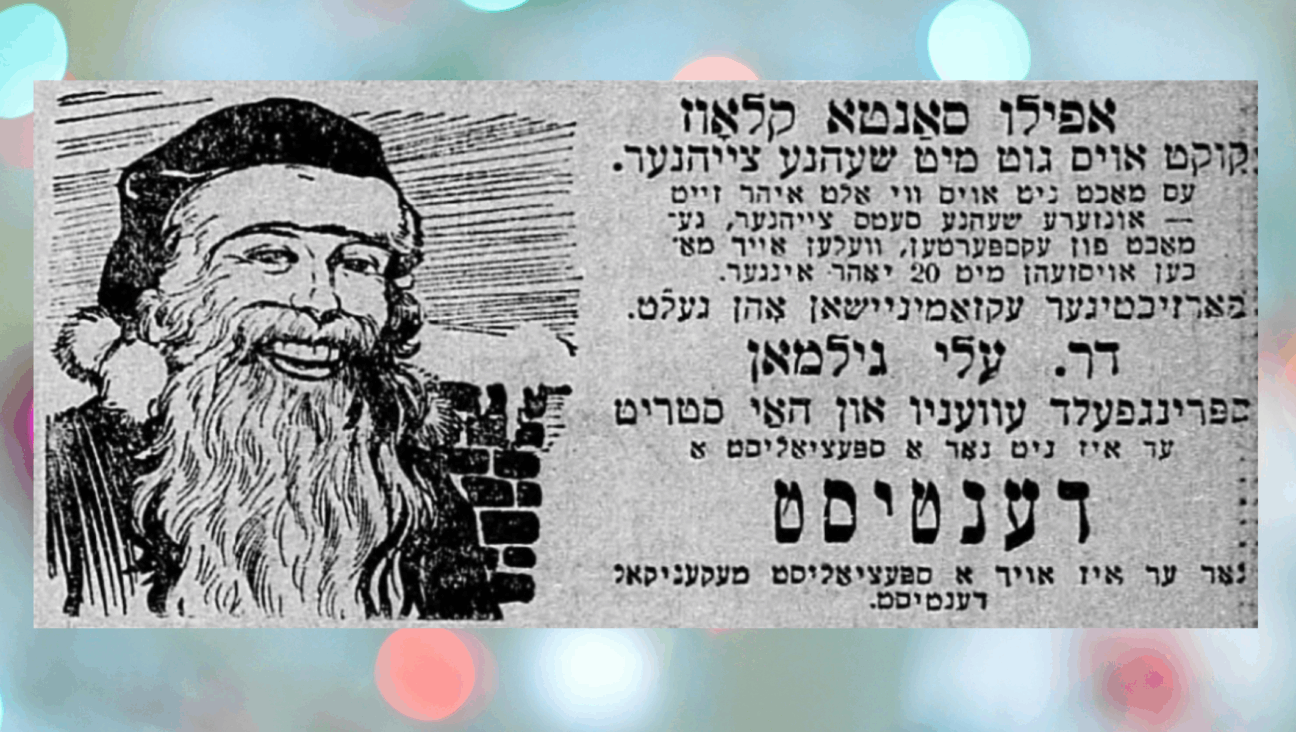No, Justin Trudeau Is Not a Holocaust Denier

Image by Getty Images
These days, there is plenty in the world to spark outrage. So when a genuine slip-up occurs that is swiftly corrected and others try to make political hay out of it, we call foul. Such is the case with the wild accusations being leveled against Canadian Prime Minister Justin Trudeau regarding the omission of the word “Jews” on one of many plaques lining the newly-dedicated National Holocaust Monument in Ottawa.
First, some background.
Until last month, Canada was the only Allied country to have no nationally recognized Holocaust memorial. This was finally rectified after years of unsuccessful lobbying attempts by the Canadian Jewish Congress, and eventually by the efforts of one young enterprising Canadian named Laura Grosman, a granddaughter of a Holocaust survivor. A private member’s bill that Grosman inspired passed through the hands of three MPs, with Conservative MP Tim Uppal finally shepherding it through in 2011.
The result is a striking $8.9 million-dollar tribute to Holocaust victims and survivors in the form of a Daniel Libeskind-designed monument which, when viewed from above, takes the form of a Star of David, and whose “enclosed spaces, precariously angled walls, and raw concrete surfaces speak the language of pain, fear and isolation,” in the words of architecture journalist Christopher Hume, writing in the Toronto Star.
The monument’s dedication on September 27 ought to have been a time of remembrance and unity. Instead, it has, shamefully, become a political football.
Now, the facts.
The monument contains extensive placards detailing the history of the Nazi genocide against Jews. Here’s one: “Nazi perpetrators and their collaborators murdered Jews and other targeted groups through an ever-evolving system of killing.” Here’s another, in a panel on the topic of resistance: “Jews and non-Jews alike resisted the onslaught of the Nazis and their collaborators.” Another panel recounts Canada’s shameful “none is too many” policy that kept Jews out during the war. And there’s this: “Jews everywhere were the primary target of Nazi ideology.”
Alongside all this important history highlighting the centrality of the Jewish experience is, unfortunately, the now-infamous omission. The plaque at the entrance, it must be acknowledged, mentions only “the millions of men, women and children murdered during the Holocaust and honours the survivors who persevered and were able to make their way to Canada after one of the darkest chapters in history.” Omitted on that plaque is the word “Jews.”
We agree that this is an error that should be corrected immediately. And it is being corrected. But to assume that not “mentioning Jews, antisemitism or the 6 million” on that plaque — where so many plaques at the same monument do indeed detail the crimes against the Jewish people — is a function of “Justin Trudeau’s Canada,” as Conservative Senator Linda Frum tweeted, or to make it the subject of question period in the House of Commons as Conservative MP David Sweet did when he pointed to the “profoundly obvious omission,” makes a mockery of politics and the important work of national memory and commemoration.
Whose error was it? Surely it beggars the imagination to think that every sentence on every plaque in every national museum and every memorial crosses the prime minister’s desk. If Trudeau, as head of state, chooses to accept responsibility, that is his prerogative, and we would simply note that that is an admirable quality in any leader.
But if we are going to really understand the source of the omission, the story is much more prosaic. The error, it seems, lies with the advisory council team. Doris Bergen, the Chancellor Rose and Ray Wolfe Chair in Holocaust Studies at University of Toronto, served as subject matter advisor. And the National Holocaust Monument Development Council, chaired by an Edmonton-based rabbi named Daniel Friedman and made up of four other Jewish leaders and philanthropists, including a member of the B’nai Brith Board of governors, and the national chair of the Canadian Society for Yad Vashem, was tasked with vetting all of the text, a source close to us who spoke on condition of anonymity confirmed. What’s more, the development council was appointed under the previous Canadian government.
Misplaced outrage can admittedly be an understandable distraction from the trauma and turmoil defining so much of our world. But then let’s admit that this is exactly that. There is nothing more political, nothing more symbolic, and nothing suggestive of any anti-Jewish animus. Rather, this was a simple drafting omission in a text overseen by a committee that would have every reason to want to do it right.
Lest the occasion of inaugurating this great monument in honour of those who perished is marred by politicking of the worst kind, let us forget what needs to be forgotten while we never forget what must be remembered.
Bernie M. Farber is the former CEO of Canadian Jewish Congress. He is a writer, commentator and human rights advocate. Mira Sucharov is Associate Professor of Political Science at Carleton University in Ottawa, Canada.















